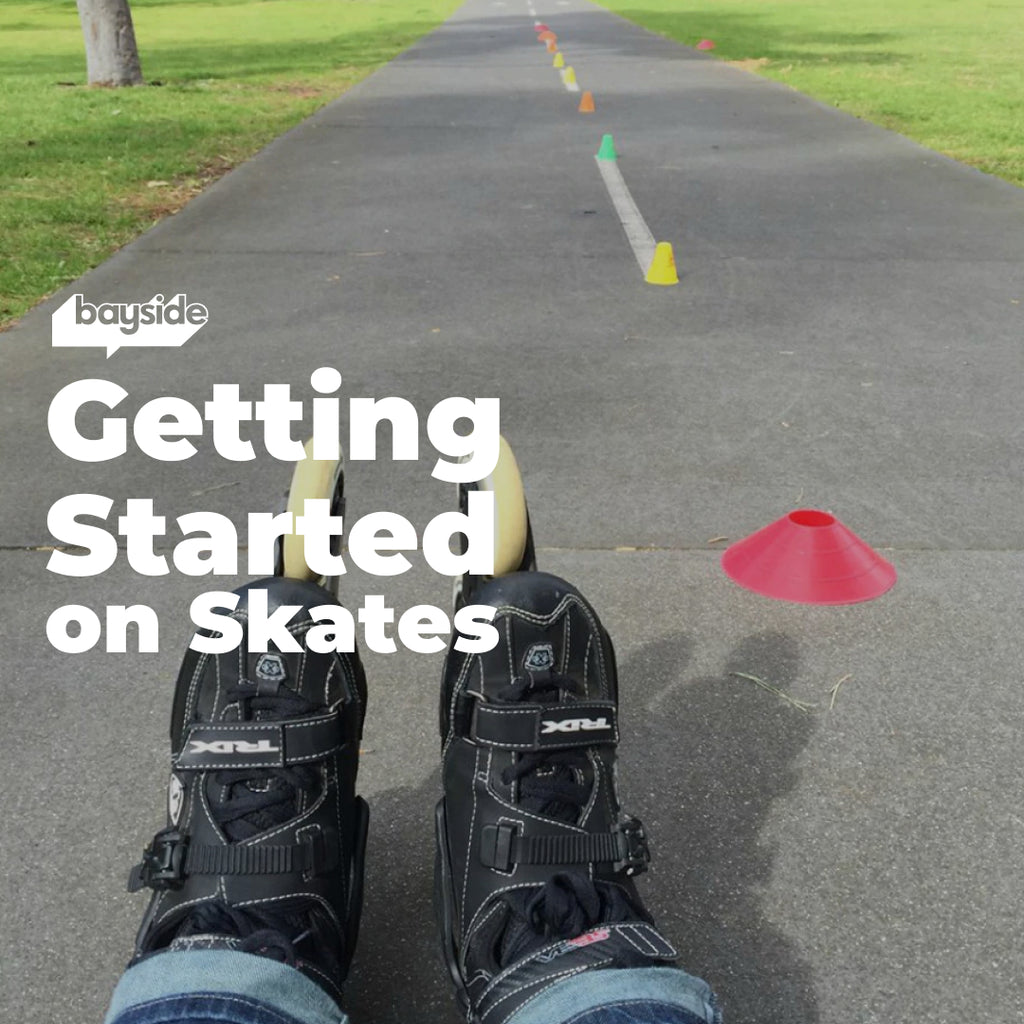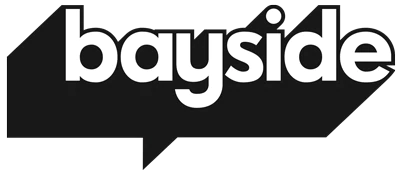3 Great Tips for Getting Started on Skates

Getting Started
No one is born with wheels on their feet.*
Everyone learns to skate somewhere - but where?
What do you need to get started?
How long will it take until I can skate?
*Please correct me if such a person exists.
The Promise
Everyone can learn to skate. It’s just practice.
It’s like learning to ride a bike - it takes a few times to learn the motion, but once you understand how to do it your body never forgets. It begins to feel natural!
It won’t take long at all until you’re flying along the beach with the sun on your back, taking effortless strides over curbs and downhill. Taking the right steps early on will give you the foundation you need to progress your skills and enjoy the learning process.
I’m so uncoordinated!
Skating is like many other skills in life.
Many people can’t run a mile but they can skate for hours.
Many people can’t throw a ball but they can transition on skates without thinking about it.
The main factor in skating skill isn’t natural coordination - it’s practice.
We’ve all started where you are.
Bayside is staffed by experts. We’ve taught hundreds of people how to skate, both in the shop and in specialised coaching sessions. We have five people completed the ICP course: Inline Certified Practitioners. We’re literally accredited to teach skating!
Tip #1: Where to learn!
Scope an area that is flat and smooth. It doesn’t need to be a square area: a wide footpath can be a great place to learn, provided there are no inclines or gravelly patches.
A great place to learn the skating motion and drag stops is at a skate rink. Those places still exist - there’s probably one close to you!
Basketball courts and netball courts are flat and even - just check you’re allowed to use them! Some public tennis courts can be used for practice, too, and they’re wonderfully grippy.
Tip #2: What you need!
Here’s the list of what we recommend to make skating easier. It’s not critical to take everything - but it all helps.
- A positive attitude. You can learn to skate - acting confidently can make all the difference! If you look for challenges, you’ll probably find them. Look for progress, instead!
- A water bottle. Skating is a deceptively rigorous activity, especially when you’re first developing your skating muscles! You’ll be activating your core muscles, twitching stabilisers right through to your toes, and sharpening those calves into distinctive skater-calves. Make sure you stay hydrated and if you’re out in the sun, cover up.
- Safety gear: we’d never not recommend it. (This means we recommend it!). Just like wearing a helmet while on a road cycle, look the part of a skater. Wearing wrist guards can protect the small bones in your hands, and wearing kneepads will stop you losing a whole lot of skin if you slide down a hill! A lot of safety gear has become very streamlined - check out the range here to help you confidently step out knowing that if you have a fall, it’s not the end of the world.
- Safety gear: seriously, it bears repeating. Teach yourself to lean forwards and fall forwards. Dropping to your hands and knees really doesn’t hurt if you’re wearing pads. If you don’t build this instinct, you’ll fall on your back, your bottom or the back of your head - all fairly fragile, we think you’ll agree!
Tip #3: The Rookie Mistake
The biggest lesson to learn is the skating stance. In almost all forms of skating, the deeper the knee bend, the better!
Have your knees bent before you do anything on skates. You can take bigger strides, absorb more bumps, get more power and control. You can ‘spring’ more into jumps, soak up bigger landings and deal with more obstacles.
It’s so normal in many other activities to be quite upright. The opposite is true for skating. The more you can get your knees over your toes, the better your skating will be! Don’t confuse this for a bend in the lower back - you can keep your knees over your toes and your shoulders in line with your knees without putting massive strain on your lumbar (lower back).
There are a million ways to phrase this rookie error,
“Bend your knees!”
“Get lower!”
“Lean forwards”
And they’re all true. Next time you’re out skating, consciously think about bending your knees more for greater control.
Next Steps
If there are specific techniques you’re not quite nailing, seek an expert. There are great coaches all around Melbourne. Rinks offer 'star class' sessions for a very reasonable price, and group lessons can be booked with groups like Aus Slalom. For many, the first lesson is about using the heel brake. Our lessons can advance through different turning and braking techniques, hopping up curbs and even into skate park stunts.
You'll be surprised how many new skills you can work on at every level of skating!

